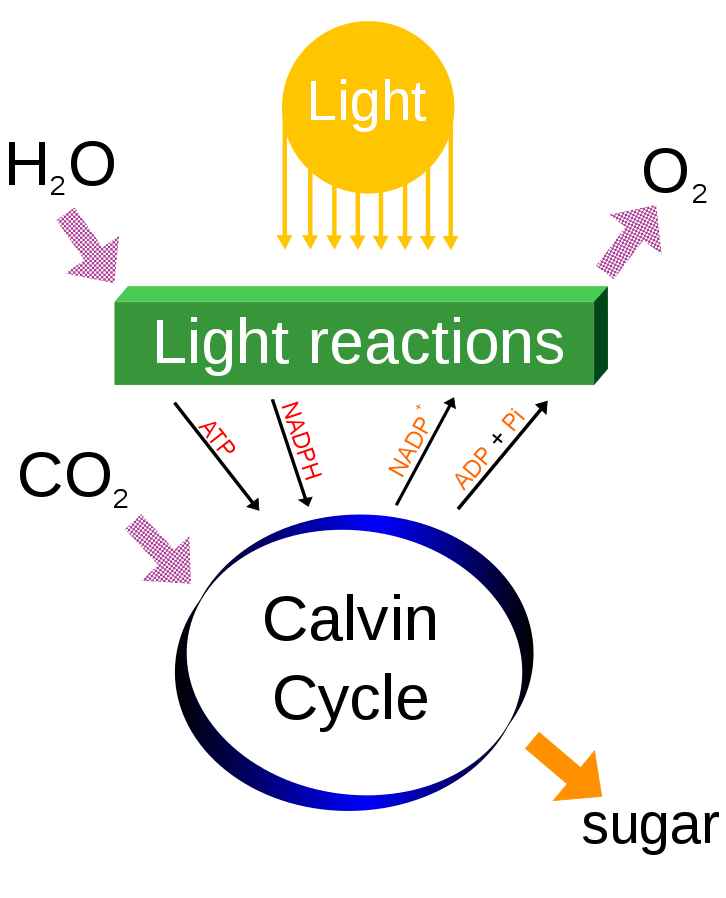
What are some processes in plants that require ATP?
Answer
484.8k+ views
Hint: Photosynthesis releases oxygen into the atmosphere and absorbs carbon dioxide and the process of respiration requires oxygen to allow the cells to make ATP adenosine triphosphate). ATP is the form of chemical energy used by living organisms as a source of energy as our cells require energy to perform the function necessary to life.
Complete answer:-
To answer this question we have to know about respiration in plants.
All organisms need energy because life depends upon the transfer of energy. ATP is an organic compound also called hydrotrope responsible for providing energy to various metabolic functions in biological processes. There are various process in plant where ATP get utilized such as:

It is the major carrier of the cell, providing energy for all the energy –consuming processes in the cells, for example the process of photosynthesis in which plants use energy to convert water and carbon dioxide into glucose and oxygen molecules.
It is used in the synthesis of DNA to RNA because nucleic acids get converted to nucleotide monophosphate by adenine phosphoribosyltransferase and for conversion it requires energy molecules. It is also used during the formation of polysaccharides such as starch.
It is used to regulate many biochemical pathways. Such as the calvin cycle, electron transport chain and oxidative phosphorylation during cellular respiration and ATP is synthesized in the chloroplast during the process called photosynthesis.
Note:-
ATP forms when a phosphate group is added to ADP, in a process called photophosphorylation. The process of photosynthesis in plants is important because carbohydrates are a basic source of energy for all living things. The oxygen that is released as a byproduct of photosynthesis is used for respiration by animals and humans. Photosynthesis and cellular respiration both together help to regulate atmospheric concentration of $CO_2$ and $O_2$.
Complete answer:-
To answer this question we have to know about respiration in plants.
All organisms need energy because life depends upon the transfer of energy. ATP is an organic compound also called hydrotrope responsible for providing energy to various metabolic functions in biological processes. There are various process in plant where ATP get utilized such as:

It is the major carrier of the cell, providing energy for all the energy –consuming processes in the cells, for example the process of photosynthesis in which plants use energy to convert water and carbon dioxide into glucose and oxygen molecules.
It is used in the synthesis of DNA to RNA because nucleic acids get converted to nucleotide monophosphate by adenine phosphoribosyltransferase and for conversion it requires energy molecules. It is also used during the formation of polysaccharides such as starch.
It is used to regulate many biochemical pathways. Such as the calvin cycle, electron transport chain and oxidative phosphorylation during cellular respiration and ATP is synthesized in the chloroplast during the process called photosynthesis.
Note:-
ATP forms when a phosphate group is added to ADP, in a process called photophosphorylation. The process of photosynthesis in plants is important because carbohydrates are a basic source of energy for all living things. The oxygen that is released as a byproduct of photosynthesis is used for respiration by animals and humans. Photosynthesis and cellular respiration both together help to regulate atmospheric concentration of $CO_2$ and $O_2$.
Recently Updated Pages
Why are manures considered better than fertilizers class 11 biology CBSE

Find the coordinates of the midpoint of the line segment class 11 maths CBSE

Distinguish between static friction limiting friction class 11 physics CBSE

The Chairman of the constituent Assembly was A Jawaharlal class 11 social science CBSE

The first National Commission on Labour NCL submitted class 11 social science CBSE

Number of all subshell of n + l 7 is A 4 B 5 C 6 D class 11 chemistry CBSE

Trending doubts
Differentiate between an exothermic and an endothermic class 11 chemistry CBSE

10 examples of friction in our daily life

One Metric ton is equal to kg A 10000 B 1000 C 100 class 11 physics CBSE

Difference Between Prokaryotic Cells and Eukaryotic Cells

1 Quintal is equal to a 110 kg b 10 kg c 100kg d 1000 class 11 physics CBSE

State the laws of reflection of light




